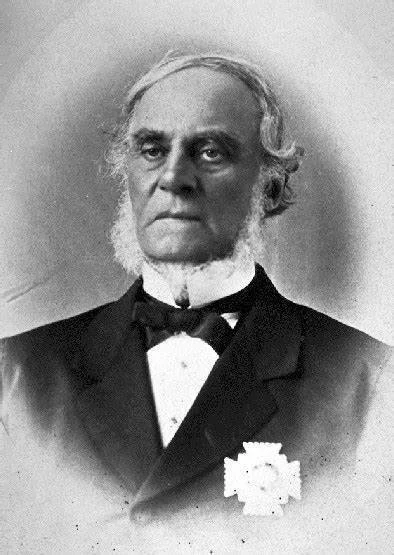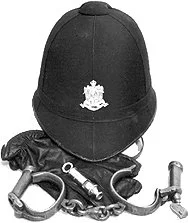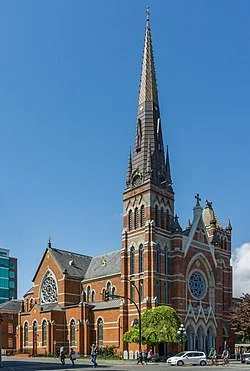Until I embraced the digital age and all that it offers, including finger-touch research capabilities, my most thumbed reference books were the Oxford Dictionary, the B.C. Department of Mines’ Annual Reports, the British Columbia Gazetteer and Capt. John T. Walbran’s British Columbia Coast Names, 1592-1906.
(Not necessarily in that order when I think about it...)
First published by the federal government printing office in 1909, Walbran’s mini-histories of how many of our place names, in particular our coastal features, were named (or renamed from their original Indigenous appellations) was reprinted in 1971 by B.C.’s J.J. Douglas Ltd.
That’s the copy I work from as the original was (is) way too expensive for this struggling scribe. Even $45 was serious change to me in those days!
Since the start of Truth and Reconciliation some of our landmark names that date from the colonial period are being replaced with their original Indigenous names.
One more reason to learn about the man who spent his retirement years researching and writing about how our inlets, bays and other coastal geographical features got their names.
That’s next week in the Chronicles.
* * * * *
PHOTO: Capt. John Thomas Walbran, longtime master of the Canadian Coast Guard ship Quadra. His classic book about B.C. coastal place names is all of 546 pages! —ABC Bookworld





















